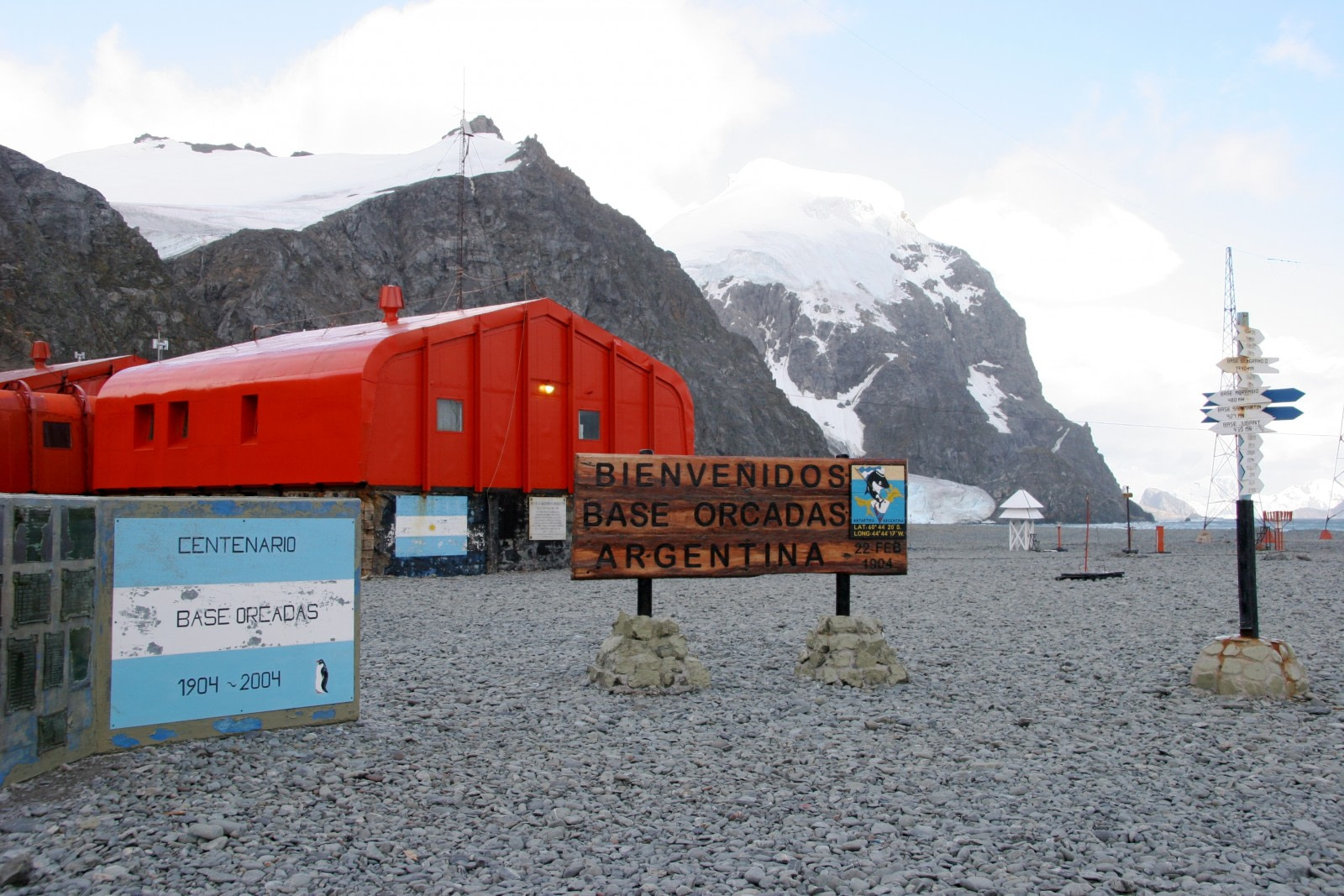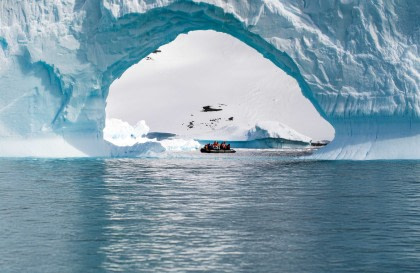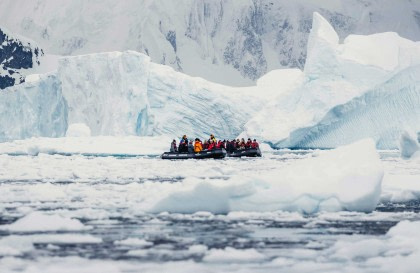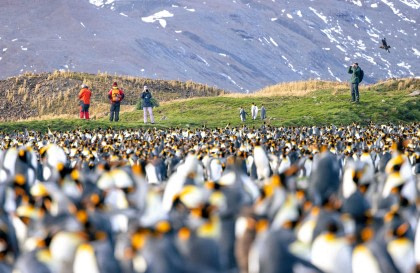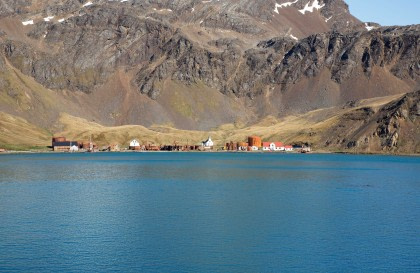Regarded as the “international continent”, Antarctica is a place of worldwide cooperation, peace, and scientific discovery. There are currently 70 permanent research stations scattered across the continent of Antarctica, which represent 29 countries from every continent on Earth. Together, these countries, or ‘signatories’ of the Antarctic Treaty, must ensure the preservation and wellbeing of the natural land, and to cooperate with their fellow explorers. Each signatory of the treaty maintains either year round or seasonal stations throughout Antarctica. Some countries even maintain both, in order to maximize the amount of seasonal research that can be conducted.
The history behind the establishment of these stations hasn’t always been glamorous. Not only is it difficult to travel to Antarctica in the first place, but there’s an immense amount of work that goes into building and maintaining these stations, some of which hold up to 1,200 people at peak summer hours. Still, the human spirit persists, and has resulted in the construction of some of the most amazing and interesting places on Earth.
Omond House: The First Antarctic “Establishment”
In 1902 William S. Bruce and a crew of naturalists, explorers, and sailors began the first Scottish expedition to Antarctica’s South Pole aboard the Scotia. The Scottish National Antarctic Expedition (SNAE) set out to establish the first meteorological station on the continent and to explore its vastly undocumented biological, topographic, and meteorological features.
Shortly into the expedition, which took place during January, the ship encountered vast fields of pack ice that forced the crew to seek anchorage in the South Orkney Islands. Laurie Island, the easternmost island of the South Orkneys, offered the greatest amount of protection for their battered ship and weary crew. Once they landed, the crew immediately began building a hut from materials they found around the island. The result was a structure referred to as the “Omond House”, named for the director of the Edinburgh Observatory, Robert Omond.
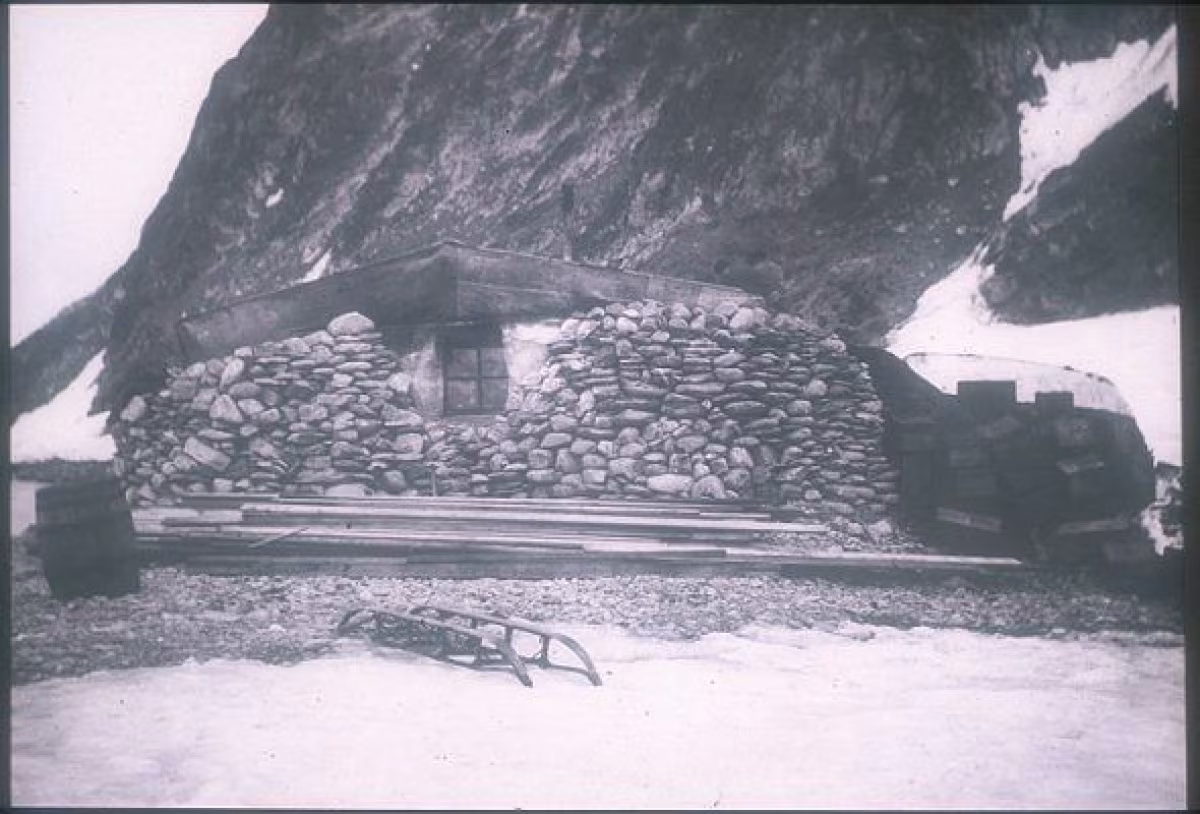
Image copyright © Scott Polar Research Institute, University of Cambridge.
Some time later, Bruce negotiated with the Argentinean government to maintain the Omond House as a meteorological station in exchange for the structure itself. Thanks to the skillful craftsmanship of the Scottish National Antarctic Expedition crew, the Omond House still stands today, and is maintained as a designated meteorological station by the Argentinean government. The name, however, has since changed to “Casa Moneta”, in honor of Argentinean explorer Jose Manuel Moneta.
Nearly 112 years later, permanent bases are still being established in Antarctica. Most recently, the Korean Antarctic Program opened the Jang Bogo Station in Terra Nova Bay. Unlike its great-great grandfather, however, it can house up to 60 people, and most likely has wi-fi!
Operation Tabarin
After the heroic feats of the Scottish National Antarctic Expedition, there were many expeditions to the continent launched by countries all over the world. Very few of these expeditions, however, resulted in the establishment of any permanent base. In 1943, the British government launched “Operation Tabarin”, a military attempt to establish a permanent and official British presence in Antarctica. Between 1944 and 1945, permanent bases were constructed at Port Lockroy, Deception Island, and Hope Bay. They were also the first mainland bases established within Antarctica. Unfortunately, much like the Omand House, the Hope Bay station was established as a result of a failed mission.
The British desire to claim land in Antarctica echoed around the world, and soon, everyone wanted to tackle to mysterious continent that was Antarctica. In response to the British settling into the continent, the Chilean government launched an expedition with the hopes of establishing a permanent base of their own. In 1947, the first Chilean base, González Videla Antarctic Base opened its doors, followed shortly by Australia’s Mawson Station in 1954. Antarctica experienced a surge of station openings in 1956, including the United States’ McMurdo Station, the Soviet Union’s Mirny Station, and France’s Dumont D’Urville Station.
The Antarctic Treaty & Research Stations
It wasn’t until 1959 that the Antarctic Treaty, which set regulations for the signatories, became the official law of the land. Even in a place with no official government, it’s important to ensure that all operations conducted below 60° South latitude are done so with staunch environmental responsibility, safety, and respect. The ultimate goals of the Treaty are to maintain the continent’s untouched, wild state for future generations to experience and enjoy, and to practice international cooperation.
Since the passing of the Antarctic Treaty, over 50 permanent research stations have been established across the continent. Each country has its own unique take on its station’s architecture and interior design. Vibrant colors, meant to stick out amongst the monochromatic landscape, adorn the many oddly shaped buildings. As long as the structures protect those inside, there’s no need for it to look pretty on the outside! Some stations, including Belgium’s Princess Elizabeth Station, have adopted eco-friendly design techniques to significantly reduce their environmental impact on the continent.
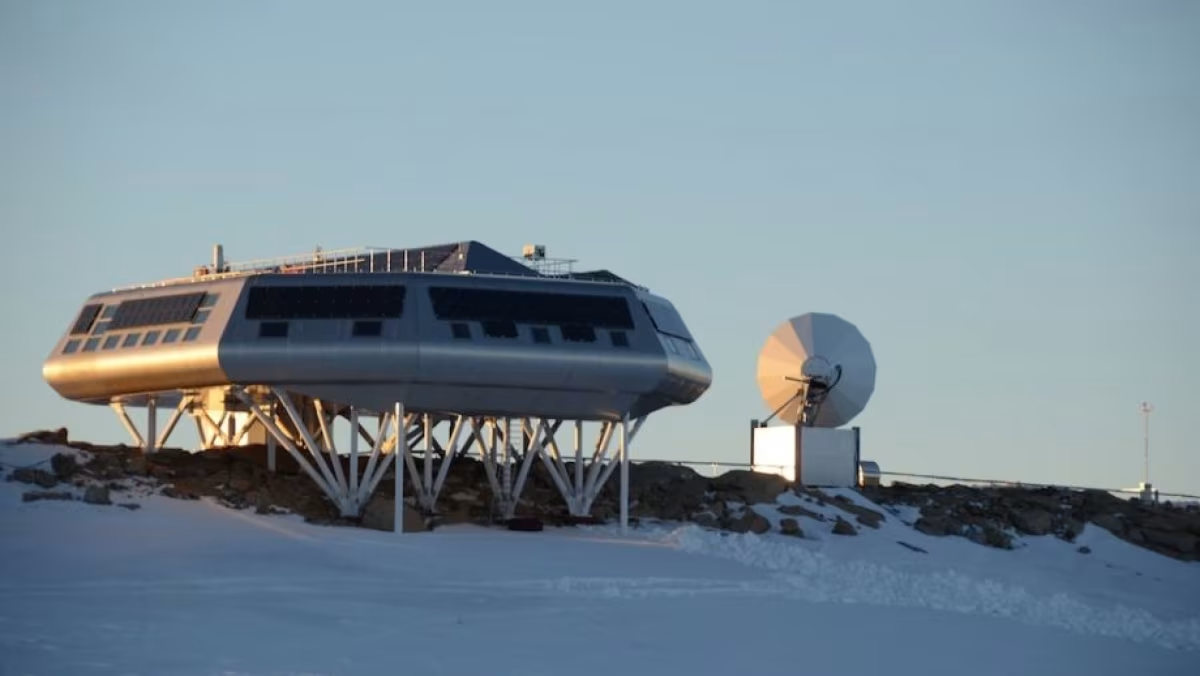
© International Polar Foundation / Alain Hubert
Why Seasonal Stations?
During the Antarctic summer (October to March), Antarctic springs to life. Pelagic seabirds, including penguins, albatross, and many varieties of petrels come to shore to lay their eggs and raise their young. Marine mammals like the crabeater seal, humpbacked whale, and Antarctic fur seal trawl the waters for massive clouds of tasty krill to feed on. The sheer abundance of wildlife is spectacular!
Since there’s been no substantial human colonization in Antarctica, the continent maintains a particularly pristine ecosystem that is in constant state of flux as the climate changes. Researchers aiming to answer questions regarding these seasonally breeding animals and how man-made climate change is affecting them have an exceptionally small window in which they can conduct their research. There’s no point in opening and maintaining a year-round station when you’ll only be there for 5 months! Instead, many countries have opened smaller stations that are usually the size of a shack or a large shed. It’s usually just enough room for a few people to squeeze into, and can be a bit cozy at times. There are currently 35 of these seasonal stations or “field camps” that operate in Antarctica during the summer months.
What Happens to Old Stations?
The Antarctic Treaty states that any country wishing to discontinue their presence in Antarctica must officially remove all structures from their designated territories and return the land to its original conditions. Many of these stations have been well established in Antarctica for many years, making their complete removal extremely expensive and logistically difficult. Instead of permanently closing their doors and tearing down their structures, most countries choose to keep their stations open, but substantially cut their staff back. With only a few other people around to keep you company, winters in Antarctica can be particularly lonely in some of these stations.
